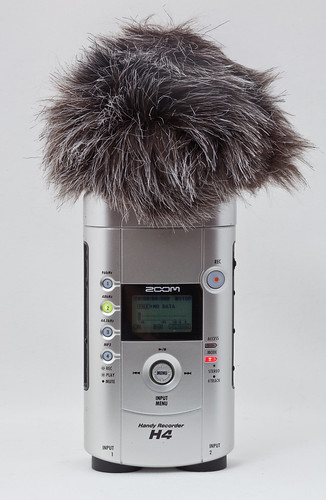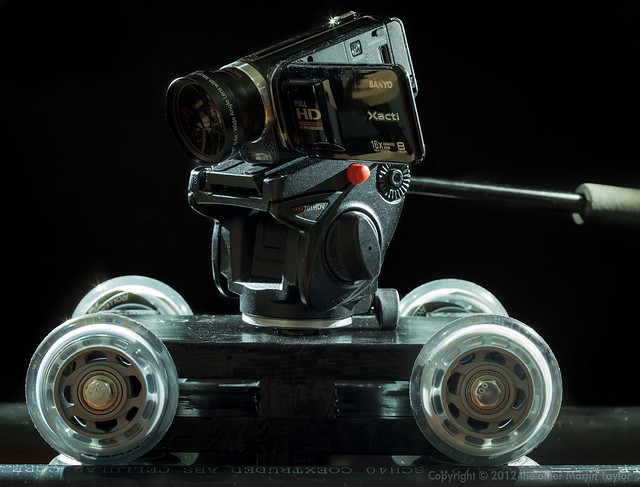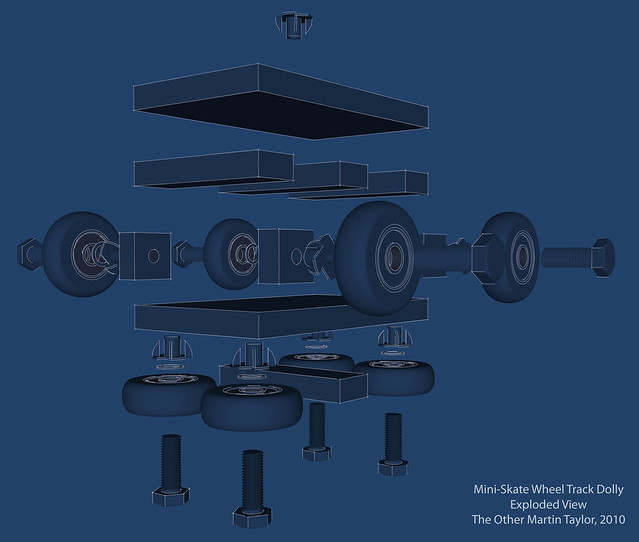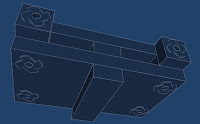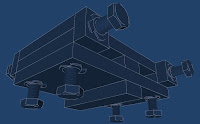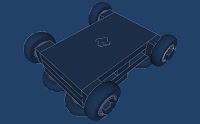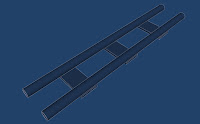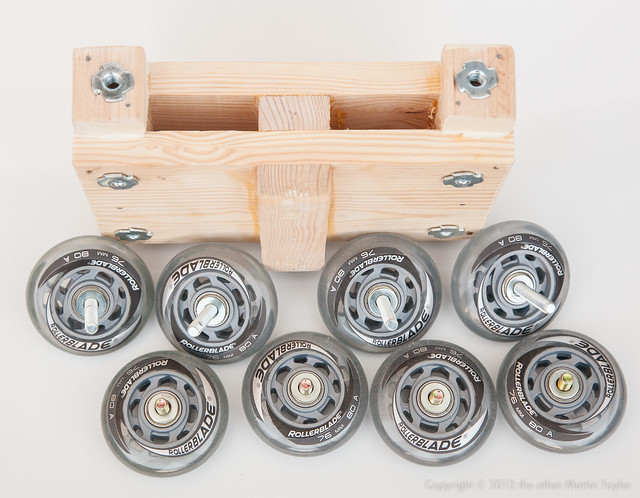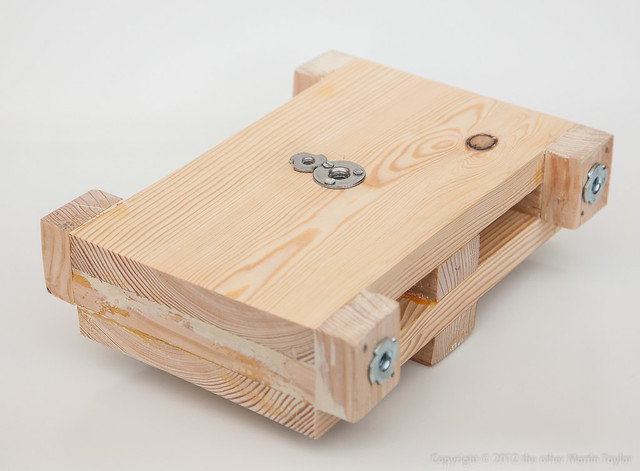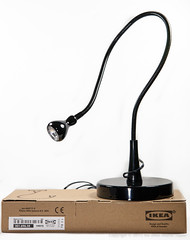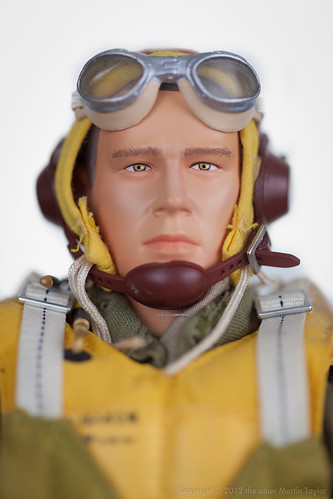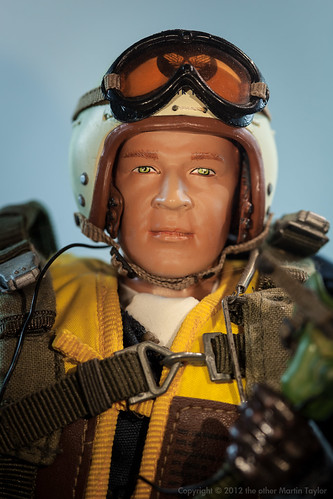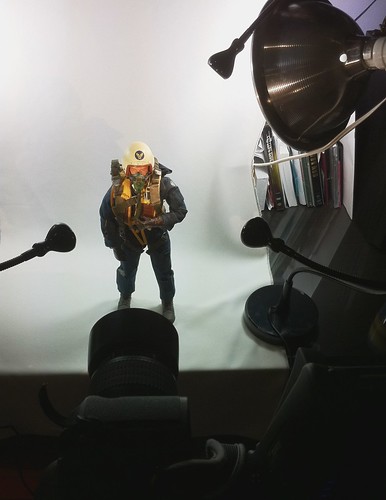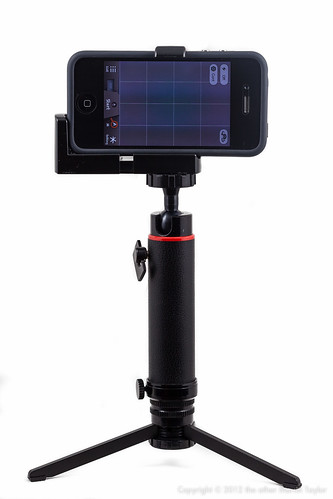If, like me, you're relatively new to the world of film editing
Vincent Laforet (yes, the person behind
Reverie) and
creativeLIVE have a great exercise and competition for you. It's the “
Complete the Edit - Win Vincent Laforet's Redrock Kit” CreativeLIVE challenge. You
download the takes you want created at a recent workshop Mr Laforet held - unfortunately, if like me, you're not a Vimeo pro user you have a limited number of downloads available per day so assembling the footage you want can be the longest part of the process. You then edit the clips into a finished piece and
submit them to the vimeo group. You could win some great Redrock Kit but real benefit of entering is the exercise of piecing together an edit from someone else's footage (warts and all).
This is my first time editing anyone else’s footage but my own and was a lot of fun and very educational. It took a lot more time than I anticipated to even get a first assembly and then I spent even more time tweaking everything to get to a final cut (I've already re-uploaded my entry 4 times):
I edited it using Sony Creative Software Movie Studio HD Platinum 11($76 from Amazon) on a sub-$500 laptop. The score (little more than atmospheric sounds and a couple of string swells) was also created by me on Sony Acid Music Studio 8.0 ($36 from Amazon) and footage audio edited, augmented and sweetened using Audacity (free). Color adjustments and titles also done naitively within the consumer version on Sony Vegas. I’m hoping that the results from my budget/amateur system measures up to those with more professional suites - in an ideal world I hope that you don’t even notice I’m using consumer, cut-down versions of NLE and DAW software.
I purposely edited it in a linear way (no Memento tricks) in keeping with what I felt was the old-school, 50’s feel of the footage and script. In my imagination the man’s back story has to be that he is a gum-shoe detective getting his comeuppance. In keeping with this classic 50’s feel I edited the dialogue slightly to remove the overtly sexual lines and a couple of other phrases I personally felt weren’t in keeping with the scene. I’m not usually that prudish but I wanted the details of the affair more implied than stated.
I found myself spending as much time editing the audio as the visuals. From a visual stand point the footage is very clean but the audio took some work to normalize, and remove clothing, static and breath noises (probably from wireless lavs?) and the off camera dialog. Any unwanted noises I removed I then had to replace with room sound or Foley sounds from other footage which I did in Audacity. After I added the soundtrack you couldn't even hear the room noise anymore so this may have been wasted effort but it was a good exercise even so.
The only visual challenges I couldn't address included the hand grabbing the letter opener from the desk being very white compared to the lead actor but I wanted the footage to move from the desk to the door. Also, the clock at the beginning is an hour behind the clock at the end but again, I needed the footage so left it in and, hopefully, nobody will notice but me. Finally the reflections in the picture frame glass I just decided to live with.
This said, I am far from an expert so any constructive criticism is gratefully received. Seeing the other creative entries I doubt I will place but I feel like I already got a lot out of the exercise just by taking part. If you wanted to give it a try yourself the competition runs until 12th August, 2011 so you have lots of time to obsesses over every frame between now and then. Good luck.
